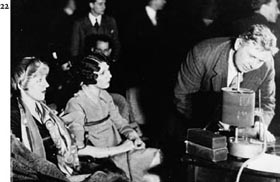The Lie Detectors (48 page)
Authors: Ken Alder

At the 1922 meeting of the International Association of Chiefs of Police—convened in San Francisco by association president August Vollmer (standing, far right)—Larson (standing behind the machine, in the center) watched as the city’s police chief, Daniel O’Brien (seated, right), flummoxed the machine by telling "whoppers" to interrogating detective William Pinkerton (seated, left).
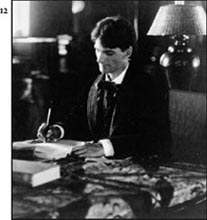
Charles Keeler of Berkeley—allegorical poet, founder of Cosmic Religion, and father of Leonarde—is pictured here in his "simple home," the natural habitat of the California bohemian bourgeoisie.
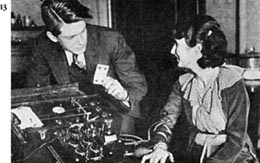
As an undergrad at Stanford in the 1920s, Leonarde Keeler pursued a patent on a more portable and reliable lie detector. He also refined interrogation techniques such as the card trick, designed to convince subjects he could identify their chosen playing card—though he marked the deck to make sure. Keeler first met fellow psychology student Katherine Applegate (pictured here a few years later) when she beat the card trick by cheating right back. They married in 1930.
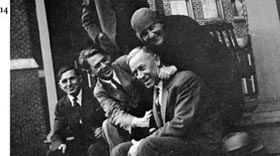
By 1930, Larson, Keeler, and Vollmer were all in Chicago, America’s capital of crime. Larson (left) arrived in 1923 to study criminal psychopathology at the Institute for Juvenile Research. Keeler (middle) followed in 1929 and was soon hired by Northwestern University’s Scientific Crime Detection Laboratory, the nation’s first forensics lab. And Vollmer (right) came in 1930 to teach police science at the University of Chicago. The woman standing over Vollmer is possibly his wife, Pat.

Keeler (second from left) tried his machine in 1931 on Virgil Kirkland, a football star from Gary, Indiana accused of raping and murdering his "sweetheart." Pictured, from left to right: Keeler’s colleague C. W. Muehlberger; Keeler; trial judge Grant Crumpacker; defense attorney John Crumpacker (the judge’s son!); defense consultant Dr. Orlando Scott (soon to become Keeler’s nemesis); and two attorneys. Larson was infuriated by Keeler’s brazen effort to introduce the lie detector at Kirkland’s trial.

Chester Gould, creator of "Dick Tracy," studied with Keeler at the Northwestern crime lab and equipped his square-jawed hero with many of the forensic techniques he learned there, including lie detection.

After dispatching Larceny Lu in the final strip of 1932, Tracy used the device to extract the true feelings of his long-suffering girlfriend, Tess Trueheart, in the first daily of 1933—an echo of Larson’s courtship of his wife. Popular accounts often emphasized how the machine helped frank and objective men see through the deceptions of collusive women.
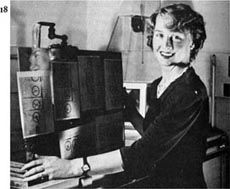
Throughout the 1930s, Kay Keeler battled Chicago’s foundational crime: ballot fraud. After the Northwestern crime lab was sold to the Chicago police department in 1937, she started an all-female detective agency. Within a few years, she had divorced Keeler and remarried; he was devastated by her departure.
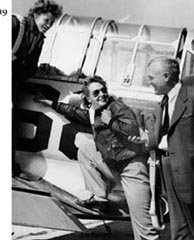
Kay (center) served in the Women’s Auxiliary Service Pilots (WASPs) during World War II. She died in a crash in 1944 while flying solo cross-country to halt the disbanding of the WASPs.
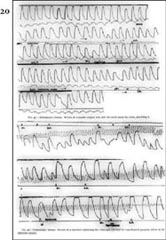
This polygraph chart from Larson’s
Lying and Its Detection
of 1932 shows the response of Richard Loeb, Nathan Leopold’s co-conspirator in the thrill-murder that shocked the nation. Larson befriended Loeb as part of his investigations into criminal psychopathology.After Larson was fired in the wake of Loeb’s prisonhouse murder, he devoted the rest of his career to the treatment of the criminally insane and to the campaign against his own creation, the lie detector.
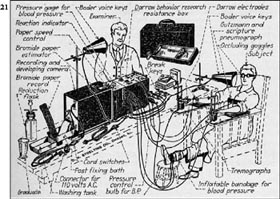
21
Chester Darrow, Larson’s colleague at the Institute for Juvenile Research, developed this Photopolygraph, one of many midcentury devices to study human emotions through their bodily expression.
